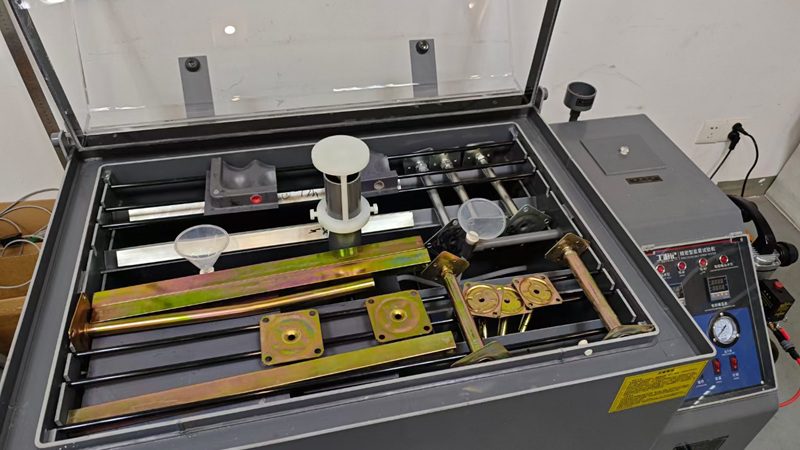High-density fiberboard (HDF) is an engineered wood product formed from wood fibers that are compressed under high pressure and temperature. It’s known for its strength, durability, and stability, making it a popular choice for various types of flooring. In this blog, we will explore the characteristics of HDF flooring, its advantages and disadvantages, typical uses, pricing, and installation techniques. Additionally, we will touch upon its application in raised floor systems.
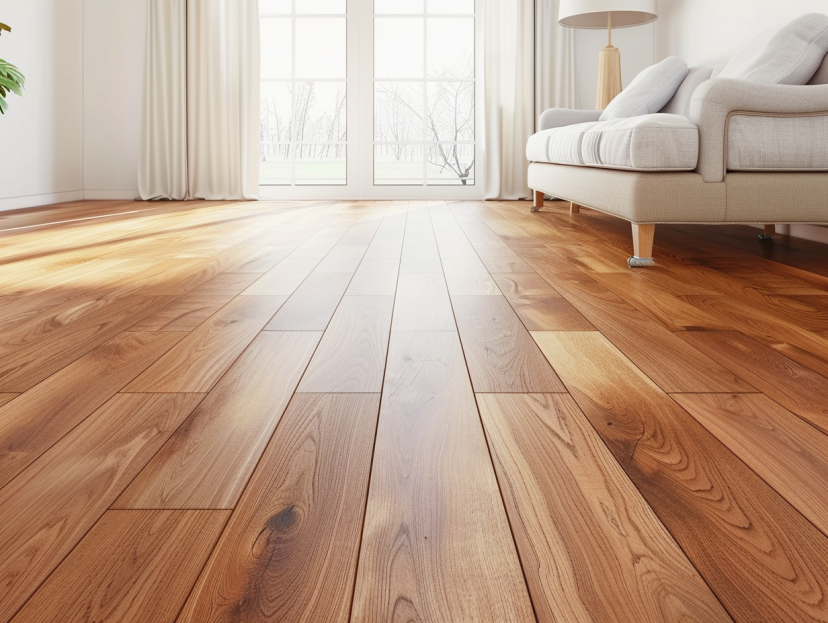
What is HDF Flooring?
HDF stands for High-Density Fiberboard. It is more compact than Medium Density Fiberboard (MDF) due to its higher density, typically ranging from 800-1050 kg/m³. This density is achieved by using selected wood fibers, combined with thermosetting resins, pressed under high pressure and heat. The result is a board that offers excellent dimensional stability and a smooth surface.
HDF Flooring Thickness
HDF (High-Density Fiberboard) flooring, often used in laminate floor products, comes in various thicknesses, each serving different purposes and providing varying benefits. When selecting the appropriate HDF flooring thickness, consider factors such as foot traffic, subfloor condition, insulation needs, and soundproofing qualities.
Common Thicknesses of HDF Flooring:
- 6 mm: Typically the thinnest option available. It’s less expensive but might not offer the best in terms of durability and sound insulation. It’s suitable for areas with low foot traffic.
- 7 mm – 8 mm: A popular choice for residential areas. These thicknesses provide a good balance between cost and performance. They work well in areas with moderate foot traffic.
- 10 mm: Provides better sound insulation and a more solid feel underfoot than thinner options. It is suitable for high traffic areas in homes.
- 12 mm: Often considered the premium choice for laminate flooring. It offers the best soundproofing and feels the most like real wood underfoot. This thickness is excellent for high traffic areas and helps in reducing noise between floors in multi-story buildings.
Features of HDF Flooring
- Dimensional Stability: HDF is less prone to warping or swelling compared to other wood materials, due to its dense and compact structure.
- Durability: The high density of the fiberboard makes it extremely hard and resistant to daily wear and tear.
- Aesthetic Versatility: HDF can be finished with a variety of laminates or veneers to mimic different wood grains and colors.
- Sound Insulation: HDF floors are effective in reducing sound transmission, making them ideal for apartments and multi-story buildings.
Pros and Cons of HDF Flooring
Pros
- Stable and Durable: Due to its high density, HDF offers great resistance to physical damage and maintains its form over time.
- Cost-Effective: Generally less expensive than solid hardwood floors but still offers a similar aesthetic.
- Easy Installation: Many HDF floors come with a click-lock system that simplifies installation, making it a good project for DIY enthusiasts.
Cons
- Moisture Sensitivity: Despite some water-resistant treatments, HDF can still be susceptible to swelling and damage in damp areas.
- Less Natural: As an engineered product, it doesn’t have the natural variation and warmth of solid wood.
- Difficult to Repair: Damaged HDF flooring often requires replacement of the affected area rather than simple repair.
Common Uses of HDF Flooring
HDF is predominantly used as a core material for laminate flooring and is also found in higher quality vinyl flooring where additional stability is required. HDF flooring is ideal for residential and commercial spaces with medium foot traffic that require a durable and attractive flooring solution. It is commonly used in living rooms, bedrooms, offices, and light commercial areas. However, for bathrooms, kitchens, and basements, moisture-resistant types should be used or alternative flooring should be considered.
HDF Floor Pricing
The cost of HDF flooring can vary widely depending on the quality of the laminate or veneer finish, the thickness of the boards, and the specific brand. On average, prices might range from $2 to $5 per square foot. Installation costs depend on the complexity of the layout and local labor rates but typically range from $1 to $3 per square foot for professional installation.
HDF Flooring Installation Techniques
HDF flooring usually employs a floating floor setup, where the planks are interlocked and laid over a subfloor without adhesive. This method allows for expansion and contraction due to changes in humidity. An underlayment is often used to improve moisture resistance and enhance soundproofing.
HDF Flooring in Raised Floor Systems
HDF is also applicable in raised floor systems, particularly in commercial and industrial settings where stability and durability are paramount. In these systems, HDF panels can serve as the core material for modular tiles that are easy to lift and move, allowing access to wiring and utilities underneath. This makes HDF an excellent choice for data centers, server rooms, and office raised flooring where underfloor access is frequently required.
Raised floor systems using HDF are valued for their load-bearing capacity and their ability to integrate seamlessly with various floor finishes, enhancing both functionality and aesthetics. These systems also benefit from HDF’s inherent properties like dimensional stability and robustness.
HDF flooring offers a blend of durability, stability, and aesthetic flexibility, making it a popular choice among homeowners and commercial property owners alike. While it does have some drawbacks, particularly regarding moisture sensitivity, its benefits often outweigh the cons, especially when properly installed and maintained. With advancements in HDF technology, it continues to be a compelling choice for both traditional flooring and innovative applications like raised floor systems.
Huiya Real-Time News
Huiya Real-Time News is dedicated to providing you with the latest and most authoritative information on the raised flooring industry.
We provide 24/7 updates on industry policy interpretations, market trend analysis, company news.
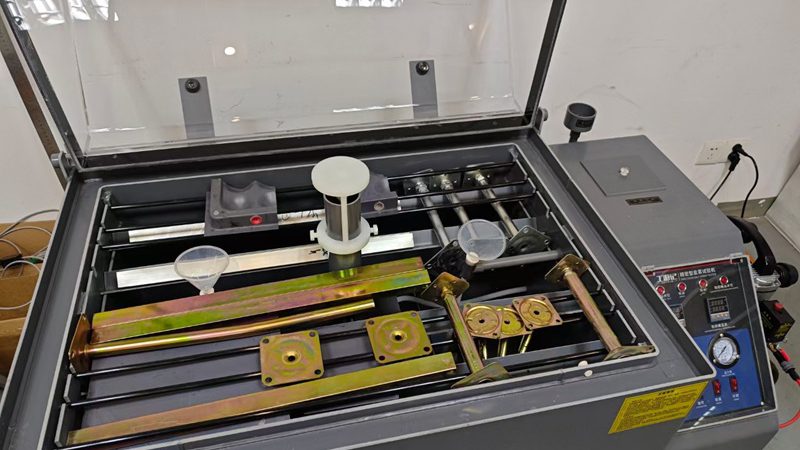
匯亜、新たに塩霧試験装置を導入 OAフロアの品質防線を強化
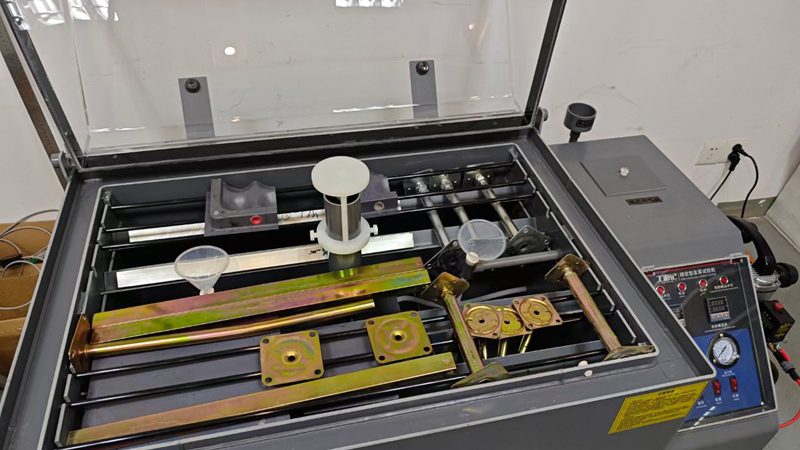
회아, 새 염무시험장비 도입해 이중바닥재 품질 방호선 단단히 만듦
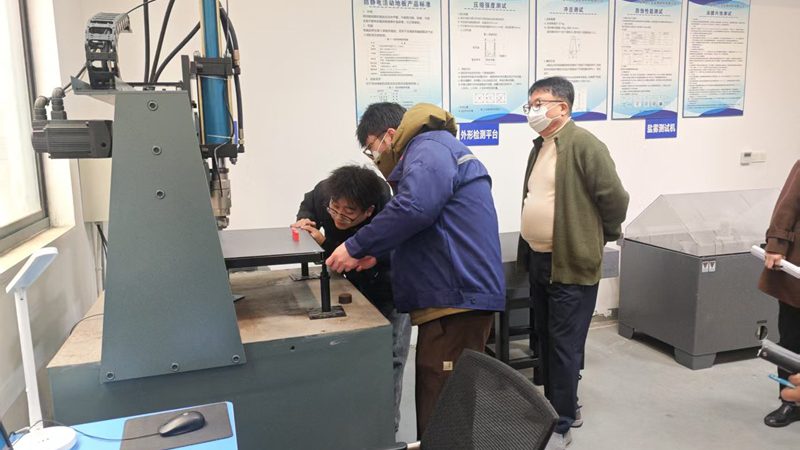
창주 회아 이중바닥재 회사, 한국 KSA 인증 획득하며 이중바닥재 공식 한국 수출 시작
MORE DOWNLOADS

GENERAL CATALOGUE
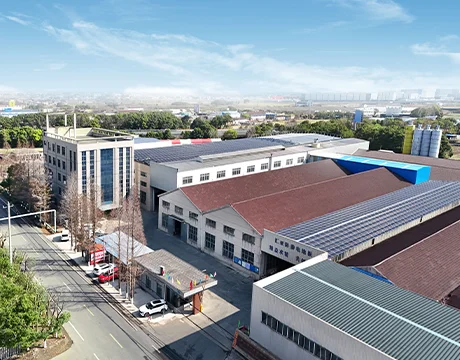
HUIYA INTRODUCTION

HUIYA GREEN LABEL
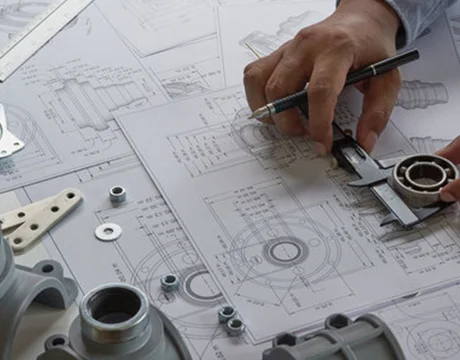
CAD/BIM FULL STEEL
APPLICATION SCENARIOS








